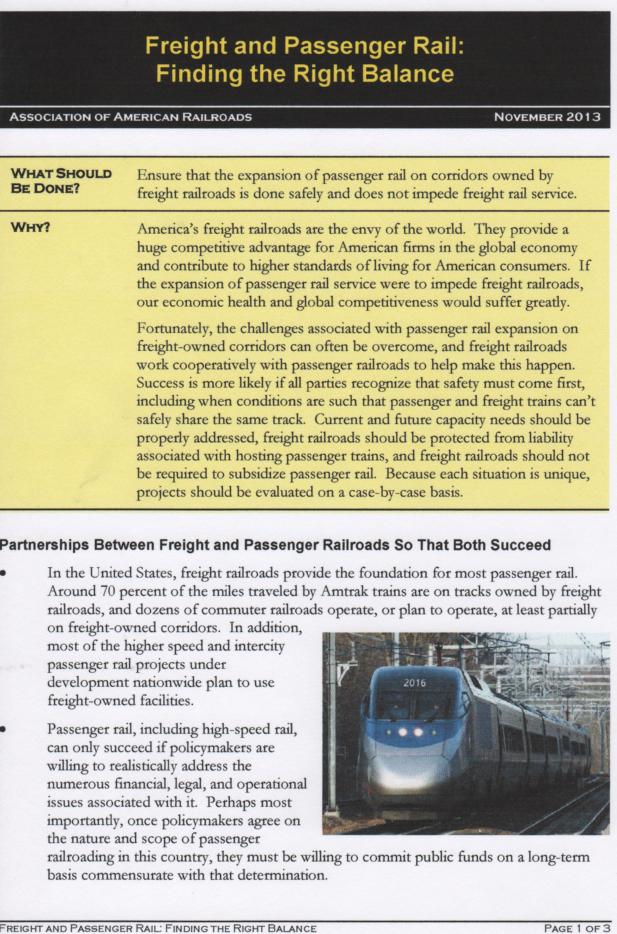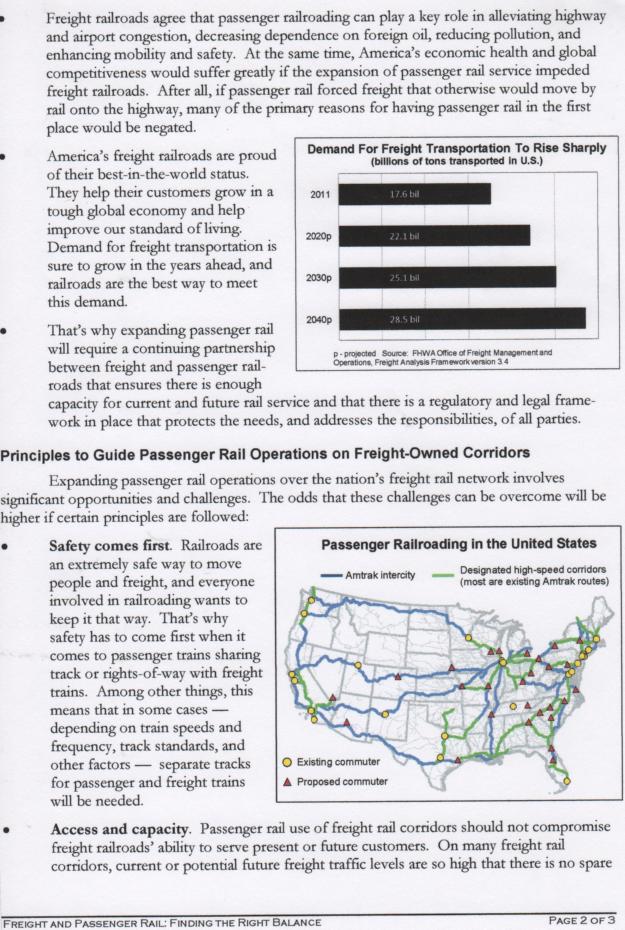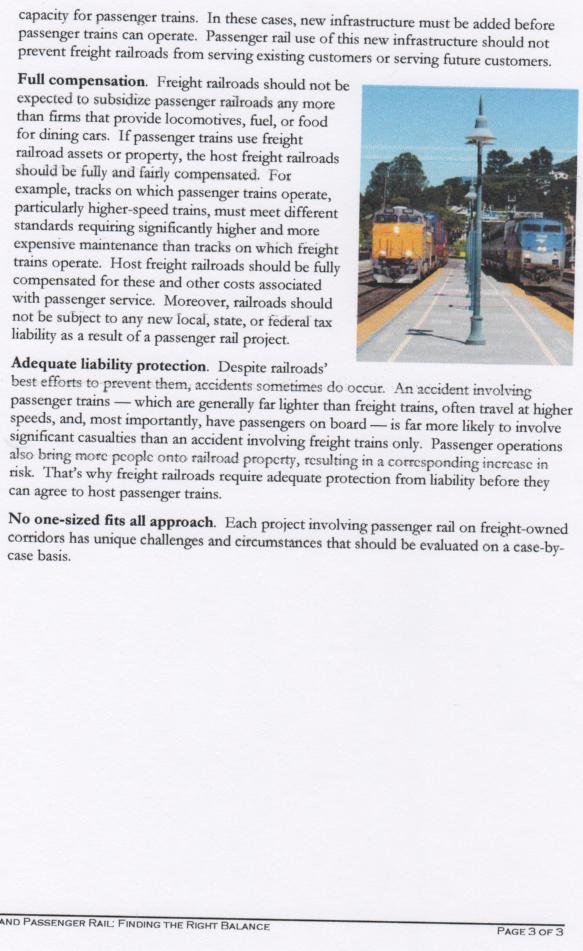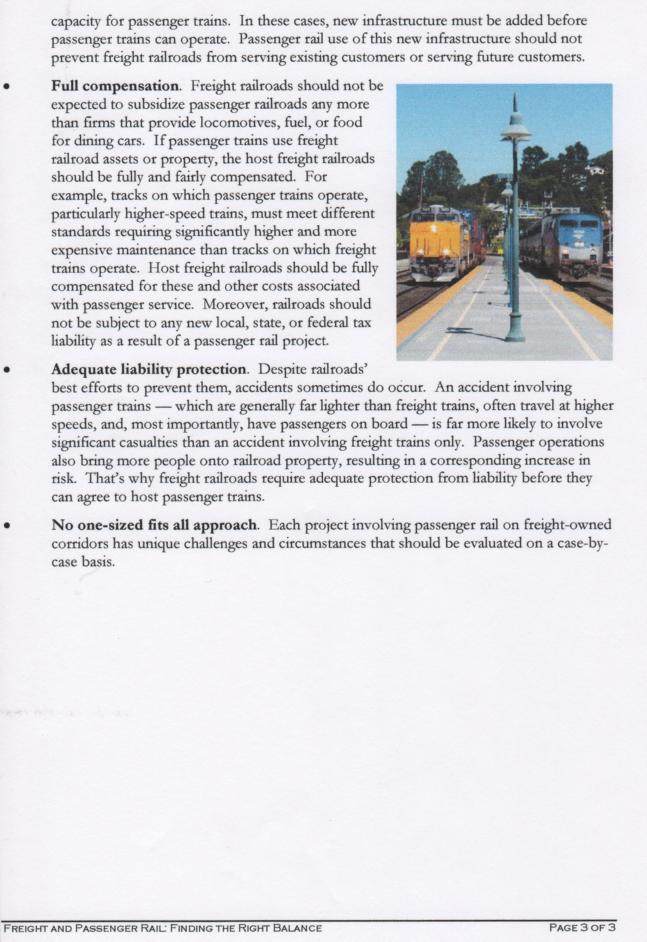- hsffl_x264.mp4
- JetTrain Rolls Past
- bombardier_jettrain_cdn_en.pdf
- Bombardier's Canadian Brochure
- emissionnelvsepa.ppt
- JetTrain Emissions Data
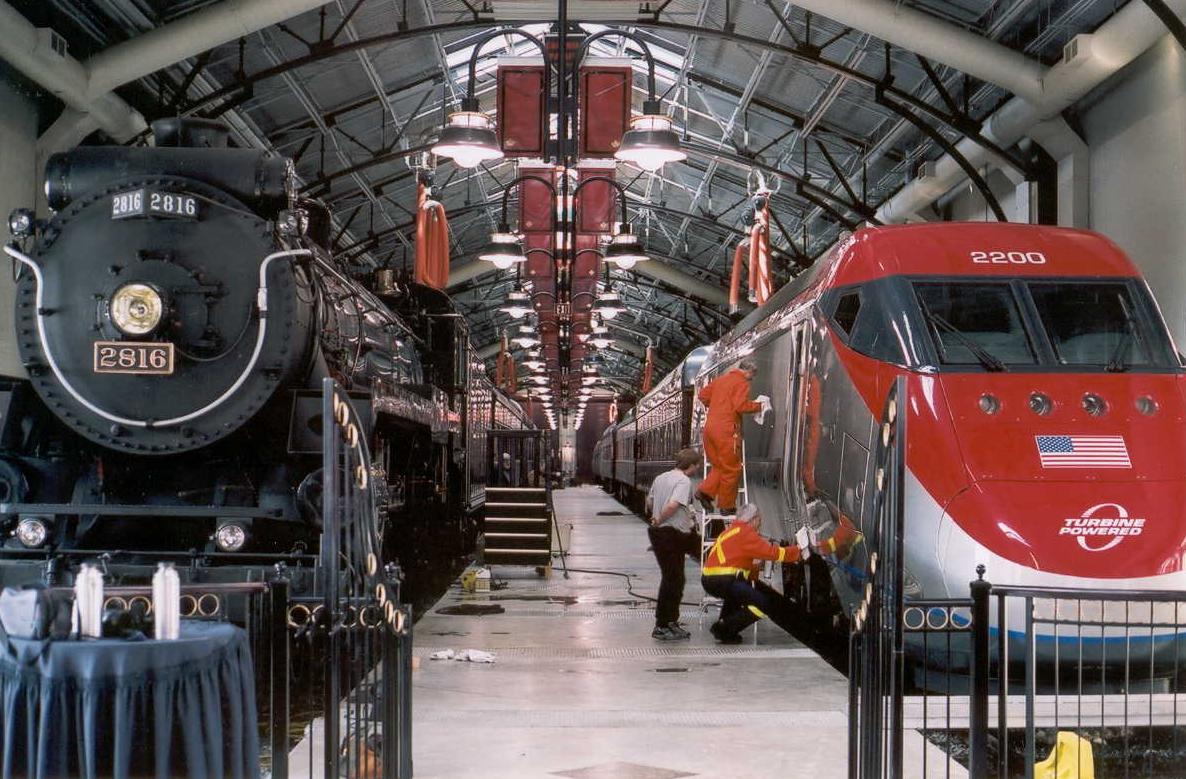
Video courtesy of High-Speed
Rail Canada
Nevada Intercity is Opportunistic
NIPR will use existing financial, topographic, historic, and infrastructural resources to create cost effective advantages for our investors, and Nevadans, to build a high-speed rail system within Nevada, and between our neighbors California, Arizona and Utah. The intercity right-of-way will connect with the urban commuter systems we will establish in Clark County, and Northwestern Nevada (Minden, Carson City, Reno-Sparks) hereafter referred to as M-CC-RS, but will include commuter service to the towns located east of Sparks, Nevada, and the Truckee River Canyon. The M-CC-RS region will include Fernley, the Tahoe-Reno Industrial Center (Site of Tesla's Gigafactory), and Fallon's growing agribusiness base.
One of the academic resources that can be exploited are the three
environmental and economic studies conducted by three different
railways: the proposed nuclear waste dump railroad, the
DesertXpress EIS, and the ridership-feasibility study of a Los
Angeles to Las Vegas rail service done by the Regional
Transportation Commission of Southern Nevada in completed in 2007
(below). The groundwork, and data, provided by these studies will
allow Nevada Intercity to compile an EIS very rapidly, and
establish service between Los Angeles and Las Vegas within a year
providing speedy ROI, while the rest of our Western Nevada
Subdivision is under construction.
- la-vegas-railstudy.pdf
- Enter file download description here
Mass Transportation and Return On Investment
So, why do so many big American cities like Los Angeles or Chicago have a railroad running through their downtown core? Simply put, the railroad was there first, and the cities grew up around them. Originally, the railroads would have been built to serve a specific need such as carrying timber to a sawmill, livestock and produce to market, or ore to a stamp mill. As individuals used the advantages the railroad provided to create opportunities of their own, towns sprang up along the routes, and the towns grew into cities. Although scenarios like that have unfolded all over the U.S. in the past 150 years, the value of a railroad has not diminished. Nevada Is still growing as the second link, below, indicates. When Nevada Intercity's Western Nevada Subdivision right-of-way is completed, it will connect Nevada's two most economically powerful regions together.
Reno-Sparks and the nearby towns and cities in the northern region see nearly 5 million visitors per year, so even though the population is under one million people, the pool of potential passengers is quite large. Las Vegas sees over 30 million visitors per year, and has a resident population exceeding two million people.
The western Nevada counties of Douglas, Carson, Washoe, Lyon, Churchill, Nye, Esmeralda, Mineral and Clark that will be linked by Nevada Intercity had a combined $123 Billion in exports in 2012. During the same period, those counties imported $100 Billion. Between the existing economic muscle, federally owned land, and the growth potential of the region, as well as the volume of visitors and freight, it becomes clear the railroad's operations will be well justified and sustainable.
Federal land ownership of 80% of Nevada has often been both a boon and a bane to Nevadans. In the instance of Nevada Intercity's intended route, it is most definitely an asset.
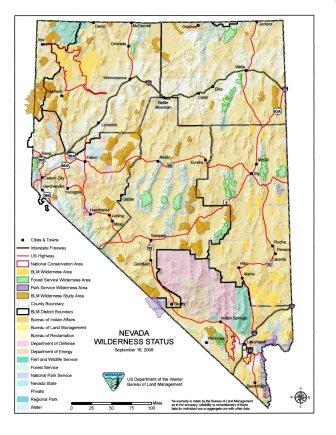
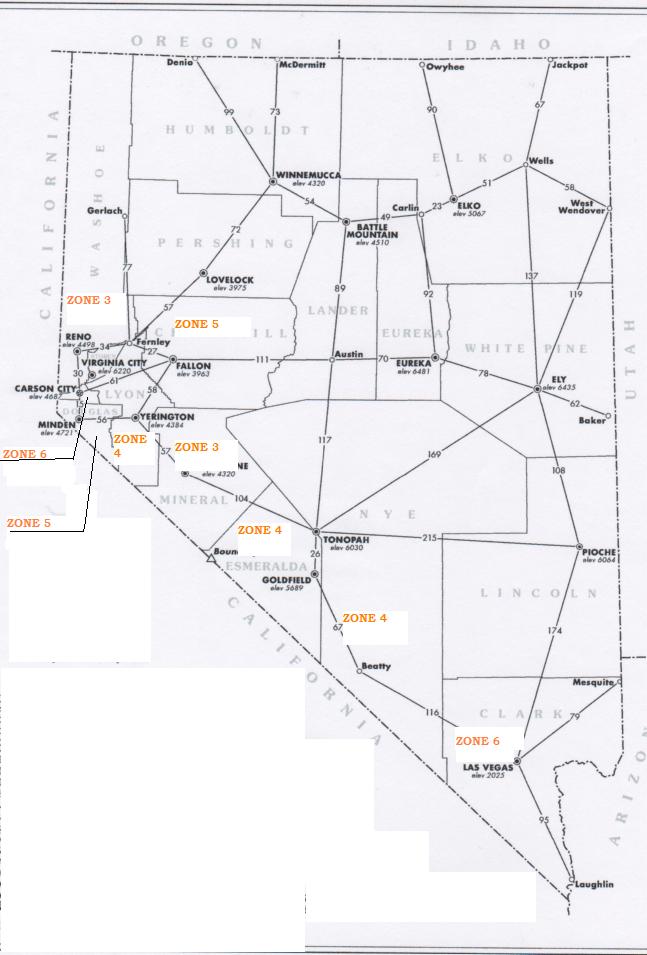
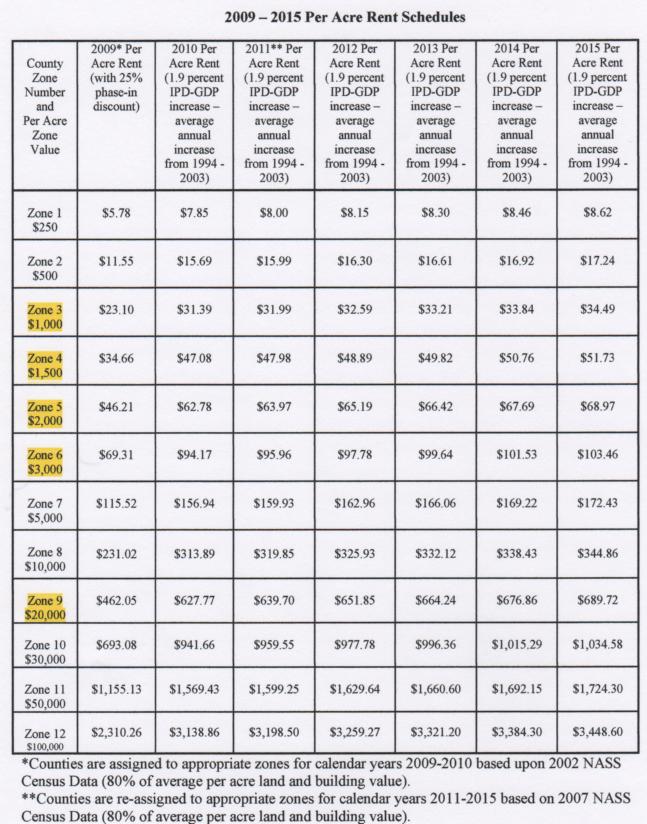
Key to the viability of any railroad is its usefulness: The more rail operators using it, the more revenue it generates to provide for maintenance-of-way. Not only will Nevada Intercity operate express trains, inter-city commuter service, and tourist specials, but Class I freight carriers (i.e. BNSF, Union Pacific, etc) will undoubtedly use the right-of-way, too.
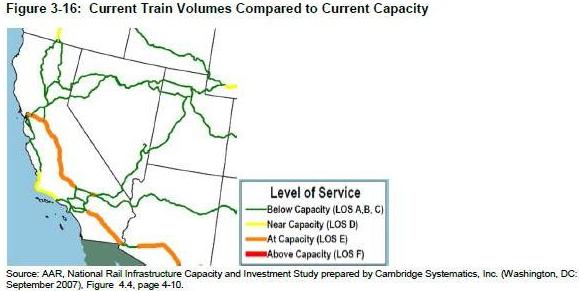
Plenty of Capacity for Passenger Operations
As part of the overall plan, operations will accommodate intra-city or inter-urban service for commuters provided by the Regional Transportation Commissions for Clark (Las Vegas) and Washoe (Reno, Carson City and Minden) counties.
As soon as it is practical, Nevada Intercity will establish a wholly owned real estate subsidiary to take advantage of the opportunities its rail service provides in order to develop a robust revenue stream allowing NIPR to pay down construction debt, and return dividends to its American-only, private investors at the earliest possible date
The stage is set for high-speed rail to enter the scene.
